Perfumes of the Land and Sea: Part Four
John King continues his Scent Trek
California dreamin’: Cielo
Good heavens, what a lovely fragrance this is. It’s full of feminine charm, to make up for the previous emphasis on masculine perfumes and bring a bit of gender balance to my scent trek.
It has a beautifully honeyed note, reminding me of some of the first scents to spark off my interest in smells. When I was a schoolboy, I had the good fortune to strike up a very useful correspondence with a couple of small perfumery supply companies. I suppose it was not every day that they encountered a youngster showing an interest in what was for them a mundane business, at any rate they wrote me long friendly letters and indulged me for years with all sorts of fascinating samples. One of these comes to mind as I smell Cielo, it was called Tobacco Flavour Clover Honey No. 2, by Charles Zimmermann (now part of Givaudan, like many other ancient names).
Cielo is the fragrance of the Californian vineyards, replete with grape leaves and summer sunshine. To be sure there are many perfumes which claim an association with wines from different parts of the world. But this one really stands out, in my humble opinion. In the words of the Beach Boys “I wish they all could be Californian girls.”
Apparently Christopher Brosius had a hand in the creation of Cielo, years before he came up with Demeter, which may go some way to explaining its appeal. So what does it smell like? ‘Like a warm, late summer afternoon in the country”, to quote one Luckyscent reviewer. It is floral, creamy and green. If some perfumes evoke the land, Cielo evokes a land flowing with milk and honey. I have never been to California, but as I sit here in the damp chill of an English winter, it seems like paradise.
Another fan of that part of the world is the olfaction expert Avery Gilbert, whose excellent book “What the Nose Knows” I have just finished reading. No doubt because he was born and raised there, he waxes especially lyrical on the aromas of the Golden State. Best way to experience its wonderful panorama of scents, he recommends, is simply to drive down one of the highways with your car window open.
Meantime, over in Manhattan I see that Christopher Voigt, an advertising copywriter, is preparing to host a seminar on 15th December to explore the meeting ground between six wines and perfumes. . Sounds interesting, and I wish we were closer. But my thoughts will be with you, Christopher.

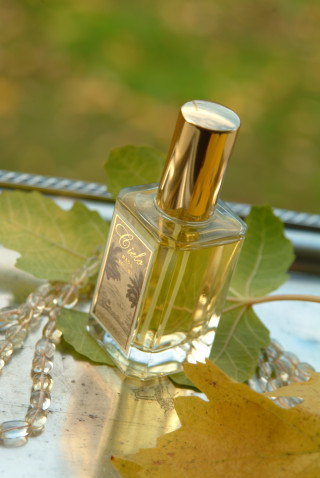
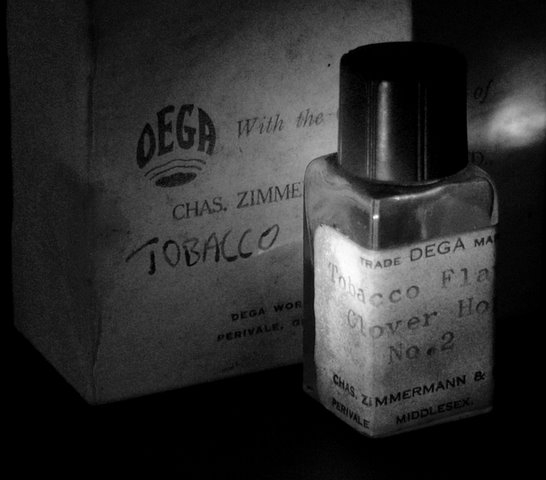

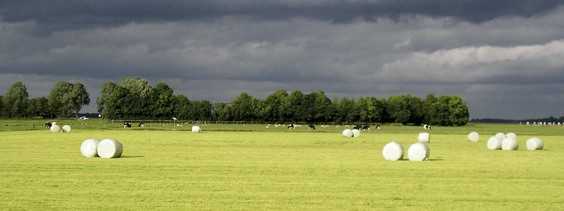

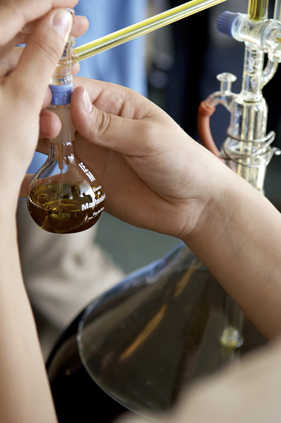
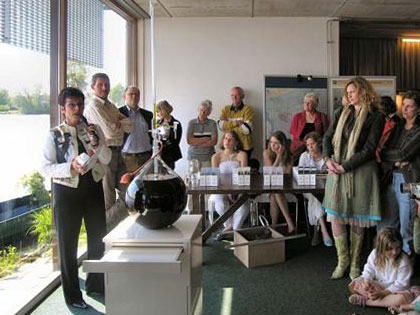

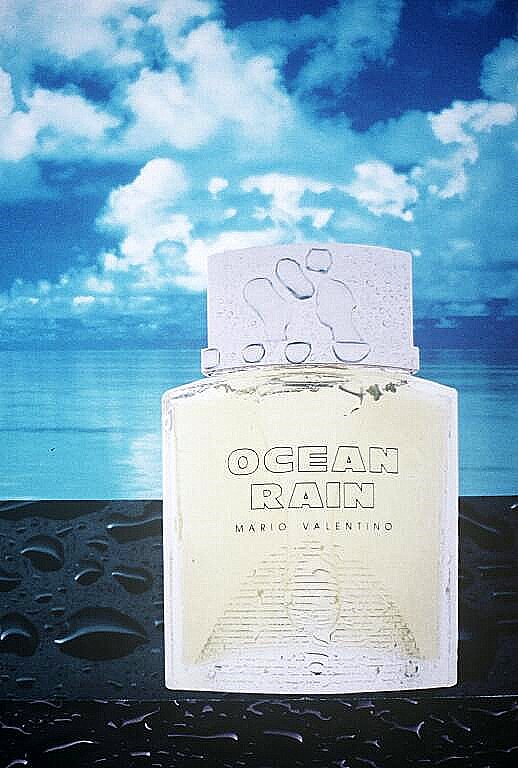
Watery smells of the low countries: Eau de Mastenbroek
The smell of the Dutch landscape was the first to be bottled, and probably this is no conincidence. After all, Dutch people are justly proud of their homeland, which they had a hard enough job in the first place to rescue from the sea. Eau de Mastenbroek represents the smell of a low lying field or polder, a flat and featureless place to outside observers but pretty special to those who live there. Faced with threats from developers, they banded together and commissioned a perfumer to celebrate their polder, presumably before it was bulldozed away.
The result, Eau de Mastenbroek, was supposed to incorporate the nostalgic smells of boggy fields, cows and ditchwater. To my UK nostrils it came over as a pleasant though unexceptional, somewhat recalling Villoresi’s Yerbamate. However, put some on for a visit to Amsterdam and I bet you would be through customs in record time, then greeted on the streets and in restaurants like a long lost friend. (Or have I been reading too much Suskind?)
The marketing story was certainly heartwarming: a perfume which came not with the usual kind of PR hype but out of an altruistic social project. Particularly imaginative was the packaging, depicting the changing seasons, whilst the actual container was a hand-blown laboratory style flask. You could get this refilled with the perfume, if you cared to make the pilgrimage back to Mastenbroek - a map of how to get there was thoughtfully provided in the box.
Freshwater notes
Sharing some points in common with Cielo is a new floral-green perfume, Kiehl’s Forest Rain. It succeeds very well in evoking the crisp notes of wet foliage, is attractively presented and modestly priced. Others to try if you like rainwater notes are Guerlain’s Apres l’Ondee, Demeter’s Thunderstorm and not least, Hermes’ Un Jardin Apres la Mousson.
That last one seems to me like a development – I think an improvement – of Edmond Roudnitska’s Ocean Rain, a fragrance with a peculiar ylang- like quality which reminded me obscurely of bubble gum. In Apres la Mousson, the bubble gum is gone and in its place I get a pleasant fantasy of what the Kerala region of India might be like after the monsoon. It’s a pity the fragrance got torn apart and savaged so comprehensively by Chandler Burr, but it only goes to show what we all know: where odours are concerned, beauty is in the nose of the beholder.
Incidentally, it is not difficult to write about this subject because here in England we have had constant rain for the past three weeks – torrential in the North, with severe flooding. Water, water, water. But it has its uses. Could I mention a tip for evaluating fragrances which I have found extremely useful? Next time you collect a bunch of sprayed smelling strips from the department store, slip them into cellophane envelopes or between the pages of a magazine to prevent cross contamination. Then when you get home and your nose has cleared, dip them into a pot of water or stick them under the tap. The fragrance jumps out at you like magic hours or even days later
.
THE SEA
Very recently, when I was listening to the radio, I heard someone say. “There’s a psychiatrist somewhere – I can’t remember his name - who says the smell of the sea is relaxing”. Well that shrink was me, folks, and if that’s to be my epitaph, it could be worse.
For Sniffapalooza readers only I will be presenting for the first time the scientific background behind the popularity of marine and ozonic notes. For me it’s a personal story, of happy seaside holidays and my desire to recapture them. I will also give you my take on commercial seawater perfumes both existing and under development.
That’s for the future. For now, I hope you have enjoyed reading about perfumes of the land, as much as I’ve enjoyed writing about them. When the new year begins, and we are thinking once more of the forthcoming summer holidays, I will venture out on the sea.
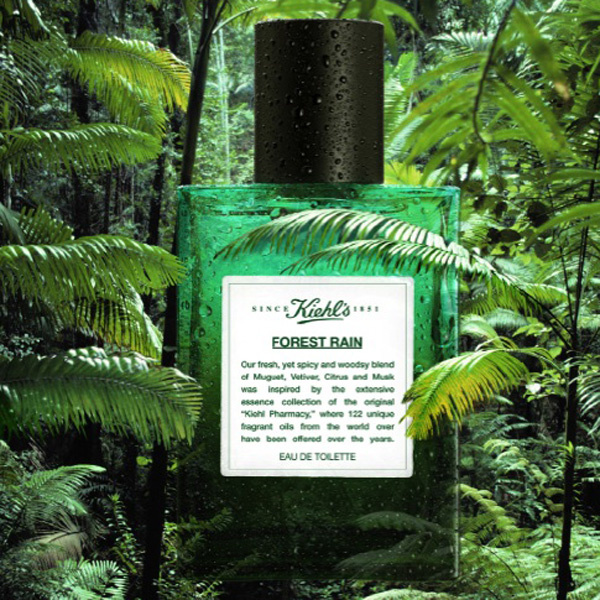
Eau de Polder was launched back in 2005, since when public interest in Mastenbroek and its polder has inevitably declined a little or, not to put too fine a point on it, reverted to zero. Luckyscent though, to their credit, still carries the product – and now might be a good time to invest in a bottle. This was, after all, an idea with a bit of originality. The unusual flacons may well be the collectors items of the future.
Sniffapalooza Magazine congratulates and thanks John King for his outstanding series!
All rights reserved 2006-2010. All content belongs to Sniffapalooza Magazine. All articles by individual writers and contributors, understand and agree that each article that is accepted by the Editor for publication; becomes the property of Sniffapalooza Magazine for the sole purpose of publication for Sniffapalooza Magazine. Articles may be archived for permanent use on the web site for Sniffapalooza Magazine and for future issues.
All articles remain the property of Sniffapalooza Magazine for display purposes only. Sniffapalooza Magazine is independently owned and operated by Raphaella Barkley.
Sniffapalooza Magazine is independently owned and operated by Raphaella Barkley.